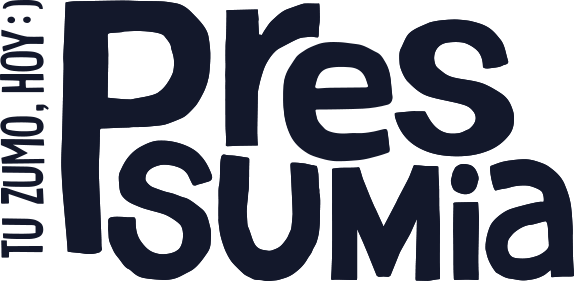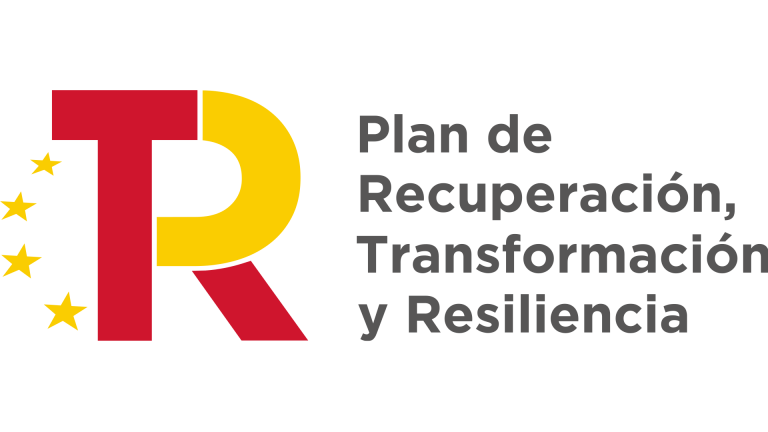Payments are accepted by credit or debit card.
For card payments we work with one of the most advanced and secure systems for payments in electronic commerce. The financial institution has a device prepared to work in a totally safe way within the operations of sales through the Internet, that is:
- It will try to contact the card issuing bank to request the authentication of the holder (verification of their identity) before requesting the corresponding request for authorisation. This ensures that only the genuine cardholder, owner of the card, will be able to operate with it.
- It implements SSL in all communications that prevent the interception of information by third parties. Therefore, confidentiality is assured in all communications established during the transaction.
- It also enables mechanisms to prove the authenticity of the origin of the transactions and that also prevent the manipulation of data by third parties. This ensures the integrity of the transaction data.
- The card data is not known by the merchant, thus preventing this information from being subsequently used by third parties in a fraudulent manner. (The best way to safeguard sensitive customer information in commerce is NOT to have it). This information is conveniently stored by the financial institution, which in turn will provide it to the payment system when necessary (for example, in a return).
Therefore, all transactions made through Banco Unicaja will have all the guarantees of security, confidentiality and integrity for the participating agents: cardholders and their issuing entities, and businesses and their purchasing entities.
- The merchant contacts the financial institution and provides the transaction details: the amount, the currency, the identification and name of the merchant
- The financial institution requests the card and expiration date from the client.
- The financial entity contacts the financial entity that has issued said card.
- The issuing entity requests authentication from the client. The client can prove his identity by means of a password, a phone call, etc. as agreed with your issuing entity.
- The financial institution’s system requests authorization from the issuing entity through the traditional means of payment circuits.
It may happen in some cases that the issuing entity and the cardholder have not yet agreed on any authentication method, so the operation will generally be rejected.




